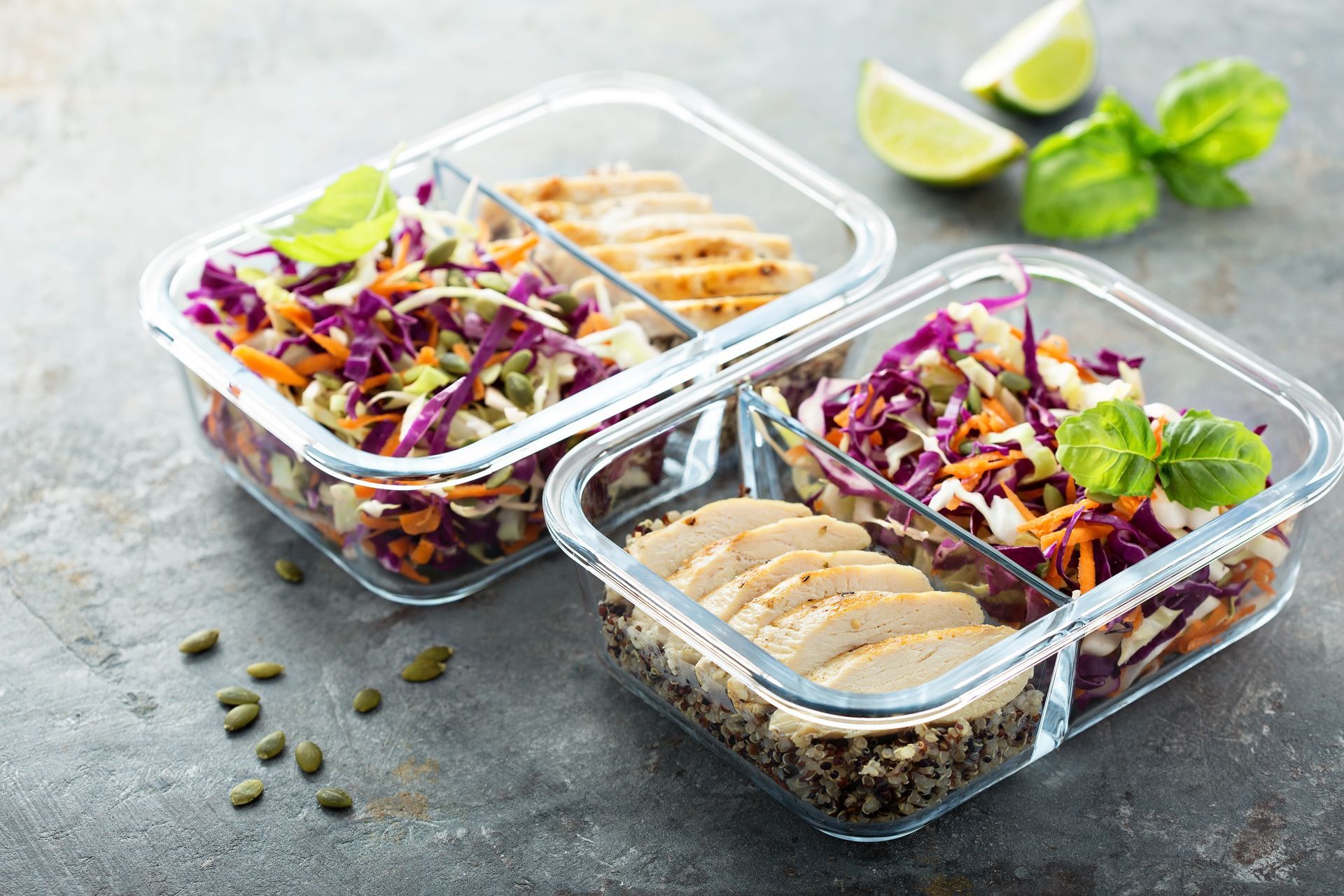From Your 20s to 40s: How to Make the Best of Your Metabolism
Plus, the science on why your metabolism falters with age.

Like so many other functions in the body, our metabolism undergoes some serious changes as we get older.
Don’t panic! It’s normal, manageable and not the end of the world. All you need is just some understanding of what your metabolism is and what happens to it over time.
Here’s a run-down so that we’re all on the same page.
What is your metabolism, really?
Metabolism is the series of chemical reactions that convert food into energy. More simply, it’s the rate at which your body expends uses or burns calories. Our bodies burn calories through several means:
- The energy required to keep the body functioning at rest
- Everyday activities
- Exercise
How does this process change as we get older, and what does that mean for our bodies?
Your metabolism in your 20s
Typically, your metabolism through your mid-20s remains more or less consistent from your late teenage years. Growth and muscle development is still occurring, and your body continues to build bone until the age of 25. All of this requires energy, so your cells have good reason to continue actively burn calories.
But as you approach your late 20s, you may notice some perturbing changes. The weight you gain doesn’t seem to shed as easily as before. This is because by your late 20s, you may undergo up to a 2% decrease in metabolic activity.
The reason for this? We start to lose muscle and brown fat, the two tissues use up a massive load of energy. With less of these tissues, we have fewer cells that are capable of burning that much calories. Secondly, our body’s energy requirements also start to reduce. This means that more and more of what you eat becomes stored as fat, instead of being used as energy.
To combat this, here are some tips:
- Choose nutrient-rich foods with lower calories. Cut down on red meat and processed food, and increase your intake of fibre and whole grains. A plant-based diet is one of the most effective ways to fill up on fewer calories.
- Work strength and resistance training into your workout routines. Strength training helps to offset the muscle loss that often comes with a sedentary lifestyle. If you do not have the time for gym, start with low-intensity exercises like brisk walking or taking the stairs instead of the lift.
Your metabolism in your 30s
The natural loss of muscle mass begins around the age of 35. According to experts, this is the time to amp up your strength training if you want to reverse this phenomenon. Otherwise, it sends a signal to your body to continue letting go of its muscle mass.
Because body composition plays such an important role in how quickly and efficiently the body treats calories, this loss in muscle can noticeably change your metabolism.
To make matters worse, your production of human growth hormones (HGH) start to decline as well. HGH is commonly known as a natural testosterone enhancer that builds muscle and quite literally dissolves fat.
You can still make up for it by:
- Stepping up on your strength training.
Strength training will help maintain muscle mass and bone health, as well as increase your HGH levels, all of which will contribute to your metabolic horsepower. Try performing activities that can get your heart rate up for about two and a half hours each week.
- Being more careful with the quality of your caloric intake. Start developing conscious eating habits that take into account your changing metabolism. Consider healthier options like wholegrain bread, fruits, vegetables, lean protein and low-fat dairy products. Be careful of overeating refined carbohydrates like pasta and white bread. This will mitigate the impact of simple sugars turning into fat.
Your metabolism in your 40s
By 40, your cells aren’t regenerating as rapidly. This could mean that in terms of weight loss and muscle gain, your strength training would not be paying off as visibly as before. Don’t be discouraged!
To maintain a lean frame at 40, it’s likely you’d need to adjust your food intake (around 200 calories less per day) and frequency of your workouts (up to 2-3 times more minutes each week).
The exercises that contoured your figure 15 years ago might not be as effective at this point. You may want to experiment with a combination of cardiovascular exercises, strength training and HIIT to see what works best for your body.
For women approaching menopause, more body fat settles around the abdomen. As much as this is an entirely normal response to changing estrogen levels, an increase in fat cells will slow down your metabolism even more.
(Men experience less of this due to a more incremental shift in hormones.)
Here’s how you can cope:
- Adjust your activities to the needs of your body.
While you could cope with more intense physical activity in your 20s, your body may not be as forgiving at this age. To avoid injury, engage in low-impact activities that place less stress on your joints and muscles. Swimming is one of them.
- Boost your intake of proteins and antioxidant-rich fruits and vegetables. Consuming foods that are rich in proteins and antioxidants will help to promote muscle repair while suppressing soreness. Antioxidants have anti-aging properties on the cellular level as well. Note: the amount of protein each person needs varies. Use this online calculator to figure out your personal needs.
What’s next
What happens beyond your 50s? Your metabolic hormone system changes, and your body naturally produces more stress hormones like cortisol. These hormones can upset the various systems that govern the smooth functioning of your body, including your metabolism.
You can manage these effects by eating well, playing well and sleeping well. Maintain your hormonal balance by clocking in sufficient sleep. Instead of restricting your overall food intake, have smaller but more frequent meals – this will supply your body a constant, low-calorie stream of nutrients.
The bottom line: Be active, eat more protein and monitor your intake of processed foods. With that, you can maintain your metabolic health long after your 50th birthday.
Have a healthy tip to share with us? Leave them in the comments below!
About Absolute Wellness
If you're looking for a safe, fast, yet natural long-term solution to support your metabolism at every age, consider joining our signature CSH therapy® program at Absolute Wellness. Using a TCM approach, CSH therapy® is a three-step program which involves cupping therapy, scraping therapy and heat therapy. Since 2002, we've helped thousands of clients boost their metabolism and reach their ideal weight, with a success rate of 99 percent.
Take the first step and book a consultation today, or read more about what our CSH therapy® program is about.



